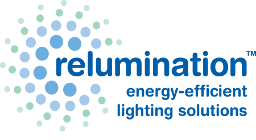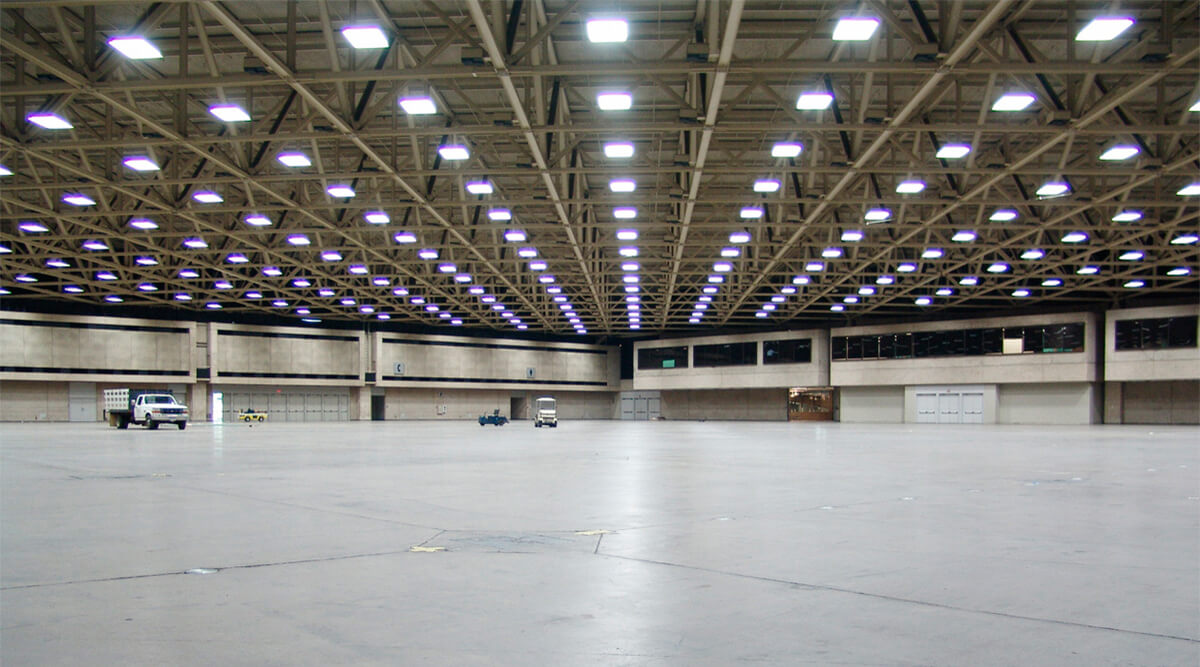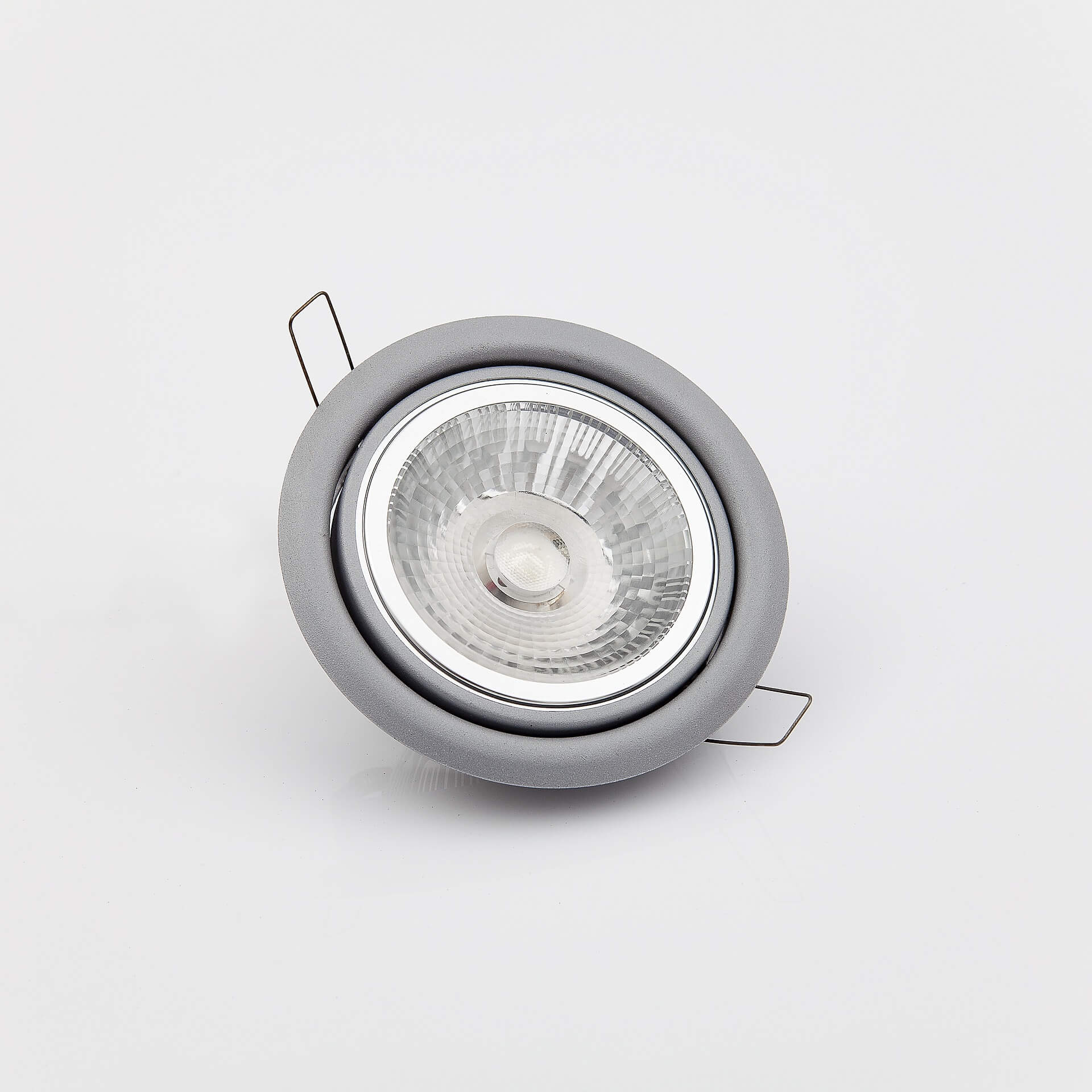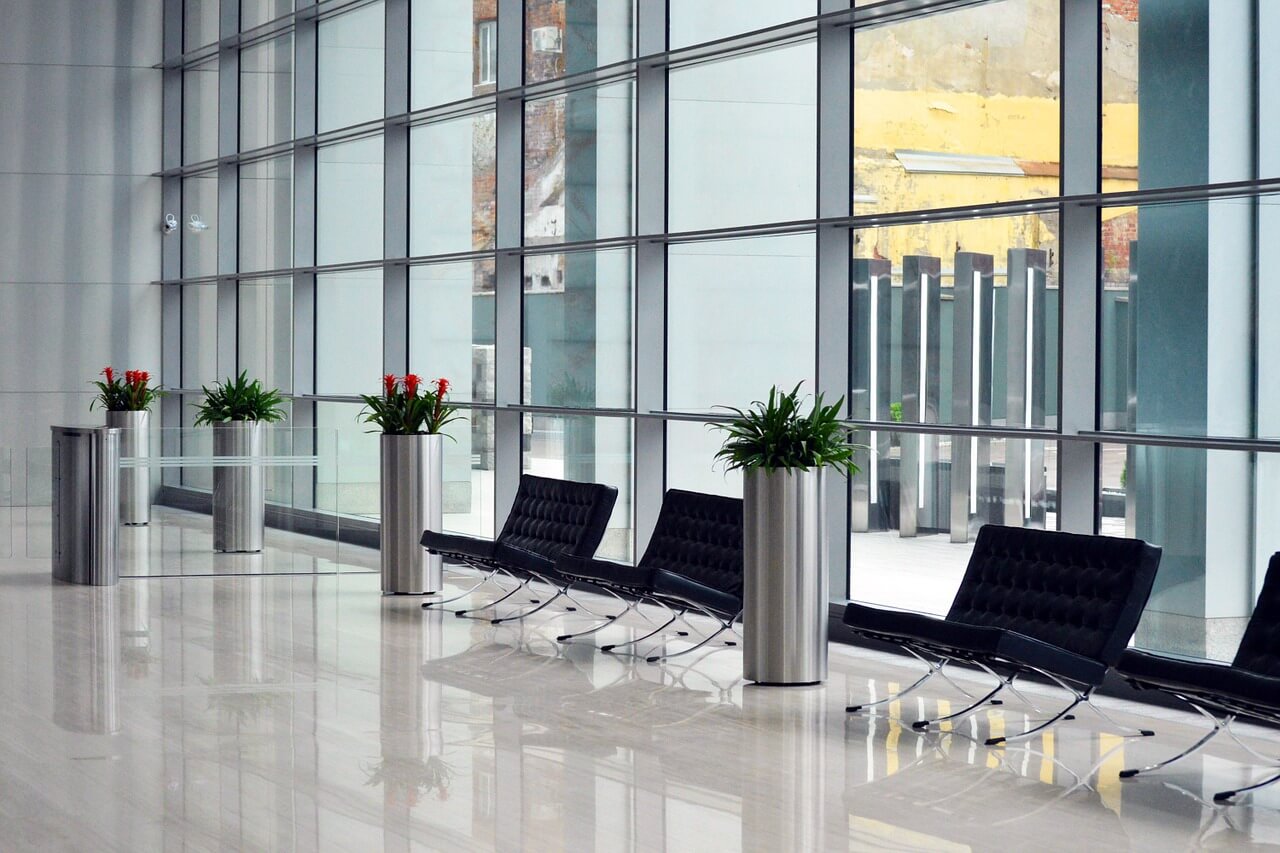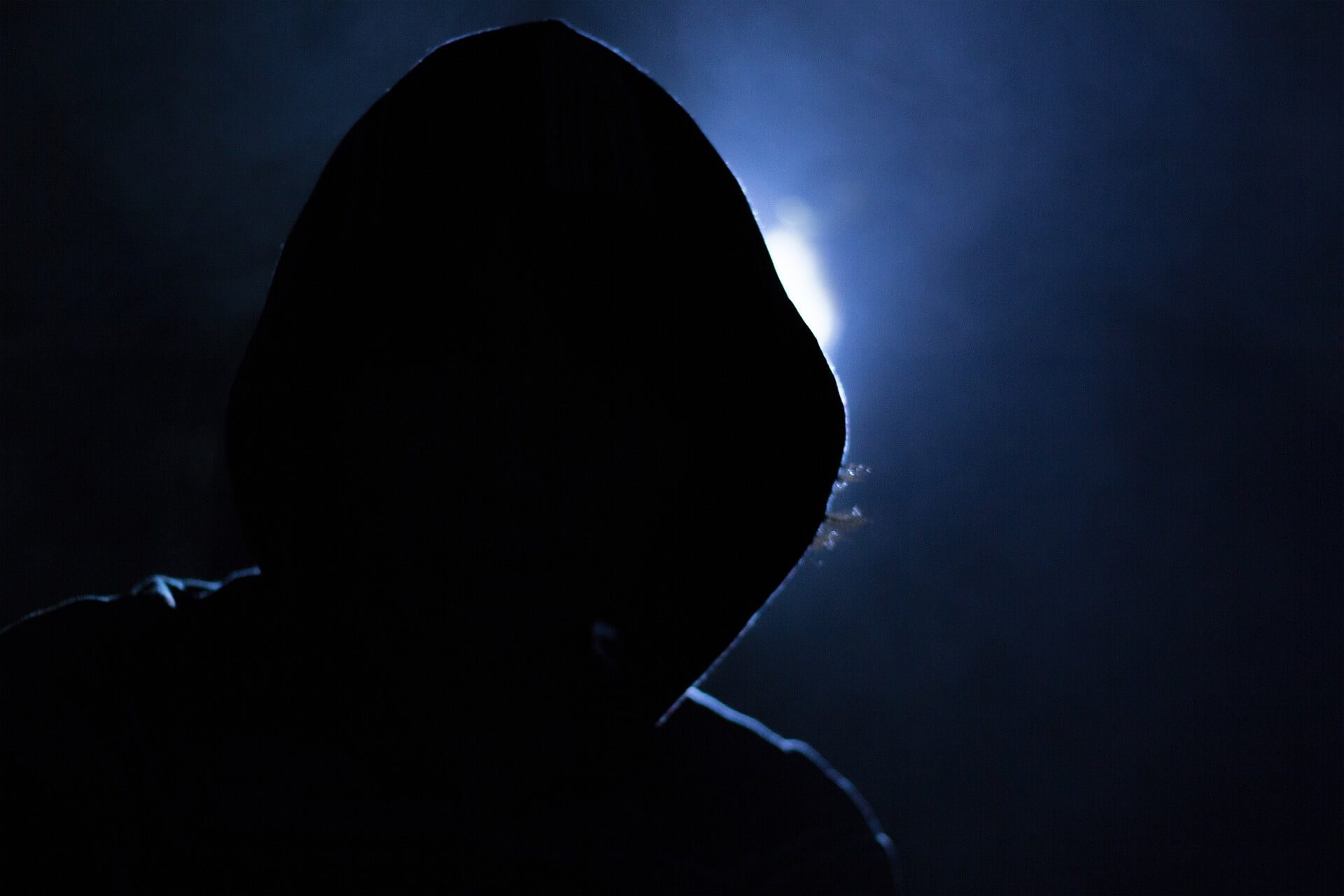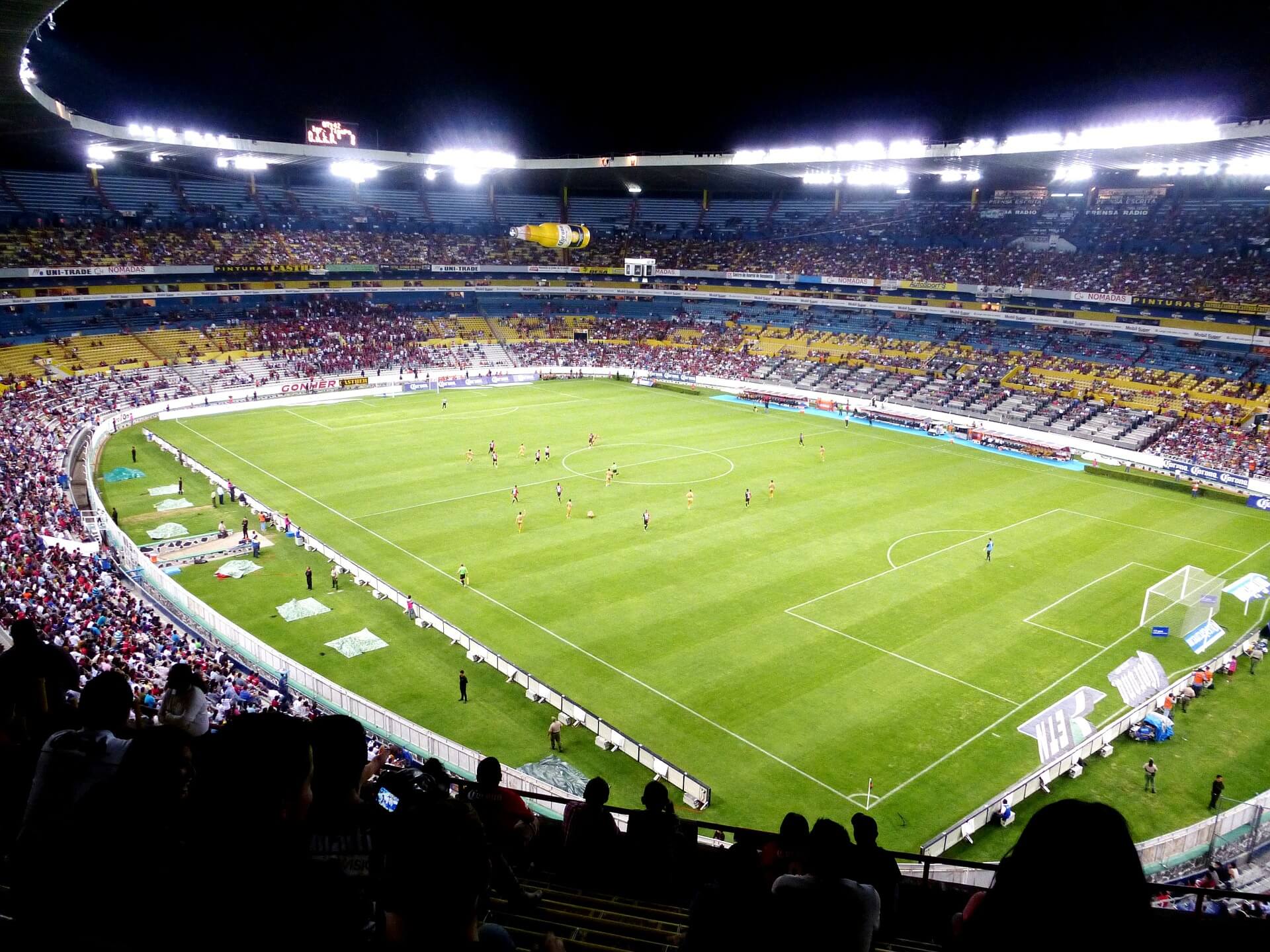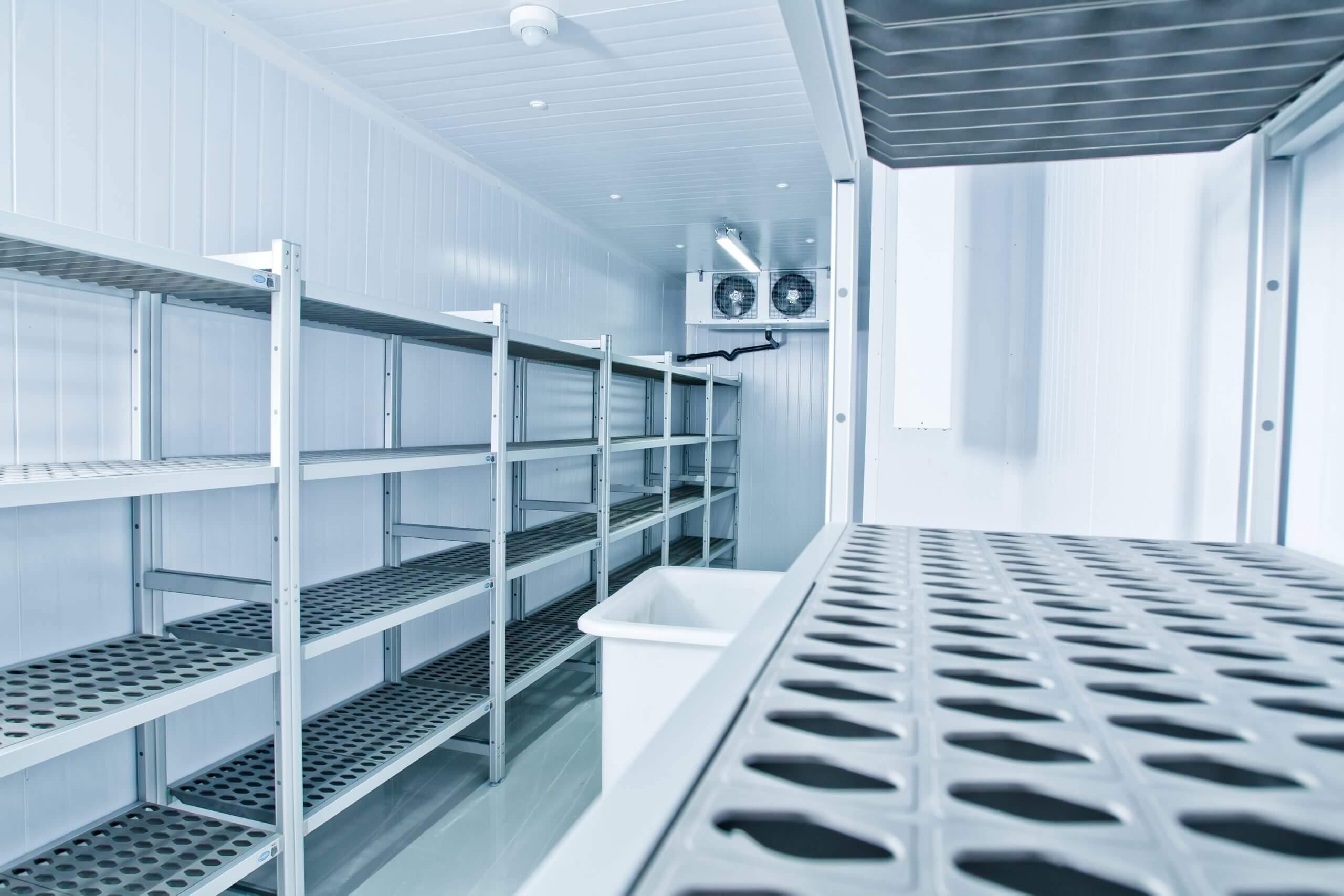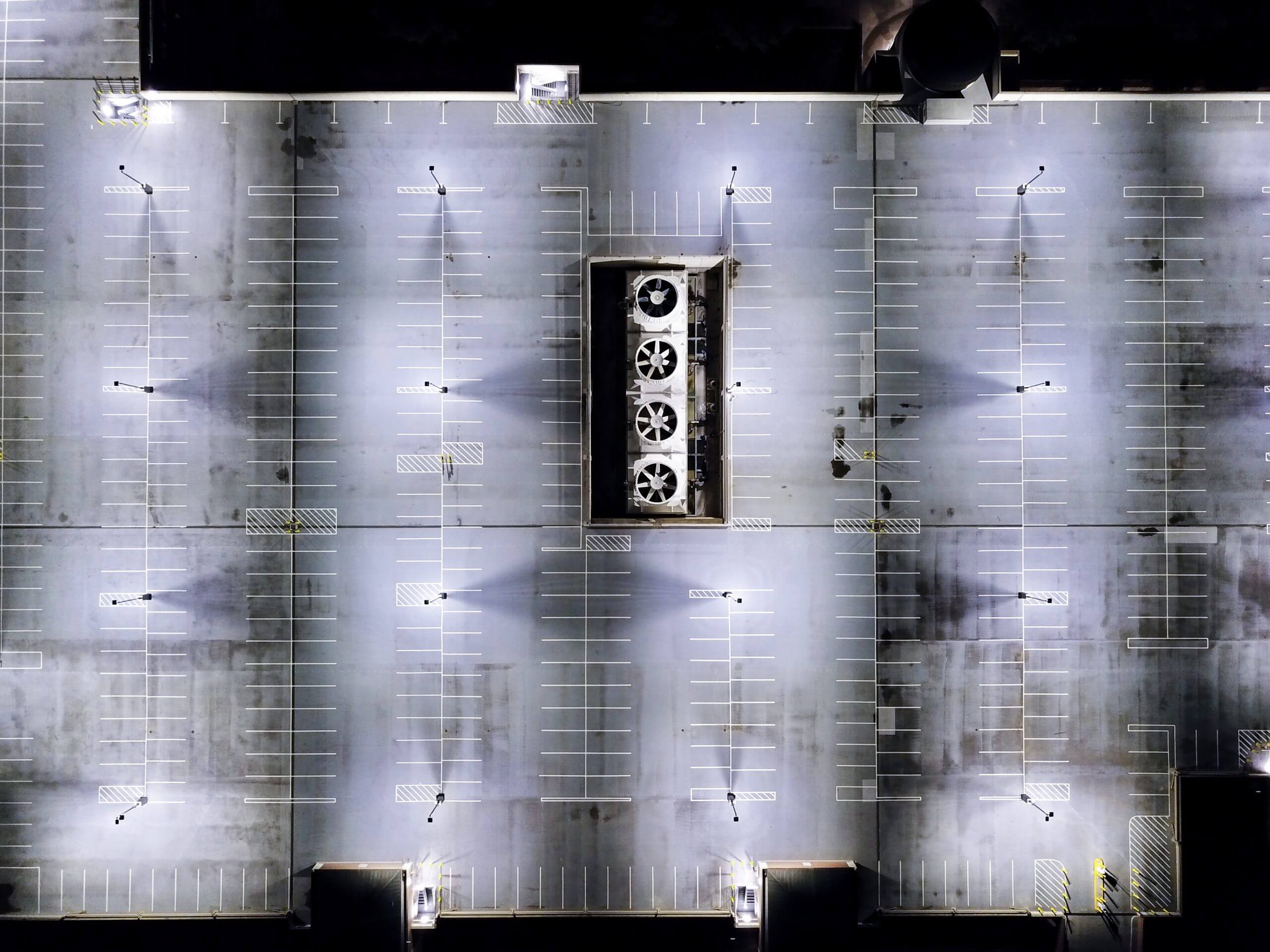Light affects everything. Light is how we see and interpret how inviting, or uninviting, a situation is. This applies to nearly everything we experience, but it particularly affects our retail experience, both for those who work in retail and for shoppers. Proper lighting can make the difference between lethargic, disconnected employees and active, attentive ones. Studies also show that store lighting has a heavy influence over the amount of time that customers shop as well as how comfortable they are making purchases. Changing over from older forms of lighting, such fluorescent lighting, to LED lighting can have a big impact on the cost of doing business as well as change the way customers perceive your company.
Changing The Environment
Switching to LED lighting can seem daunting, but the benefits far outweigh the initial struggles of change. LED lights come with many benefits, the most obvious being decreased energy costs. LEDs can reduce lighting cost by up to 75%. That is a game changer. Not only that, but they can also reduce cooling costs. Traditional lighting gives off the majority of its light through heat, LEDs do not. They run much cooler, which naturally reduces the overall temperature of the room. This change of temperature can affect the comfort of your employees and customers, creating a more inviting environment.
Then there is the light itself. LED lights give off what is often referred to as white light, or a cleaner light. This cleaner light not only increases visibility, but it can impact the health of those experiencing it. Studies show that proper lighting in the workplace can affect mood, alertness, and productivity as well as decrease the chances of some physical ailments such as eye strain, headaches, and even high blood pressure. The health and well-being of your employees can change the efficiency of your company; giving them proper lighting is definitely worth it.
Shopping Through Light
Light is how we see; if the lighting around us is bright and clear, then we can see and enjoy the details of our environment. In a retail setting, seeing the details can make the difference between shopping til we drop and dropping our shopping and running out. A university study done in 2013 shows that the lighting in a store can completely change the way a shopper views both the store and the products in it. Dimly lit shops were described with adjectives such as ‘shady’ or ‘untrustworthy’, while well-lit, bright stores were thought to be better organized and to carry better quality products. The light makes all the difference. The brighter clean light of LEDs can give customers the assurance that they are truly seeing what they are purchasing and make them more comfortable spending more time in the shop and buying more.
Choosing Light
Not only does proper lighting affect your electric bill, but it can also affect your employees in their attentiveness and safety, as well as your customers and how and where they choose to spend their hard earned money. Taking the time to retrofit your older lighting systems to LED lights will not only save you money, but it will also make you money. Clearly, updated LED lighting is a smart business decision all around.
If you would like more information about retrofitting the lighting in your business, feel free to contact us.
